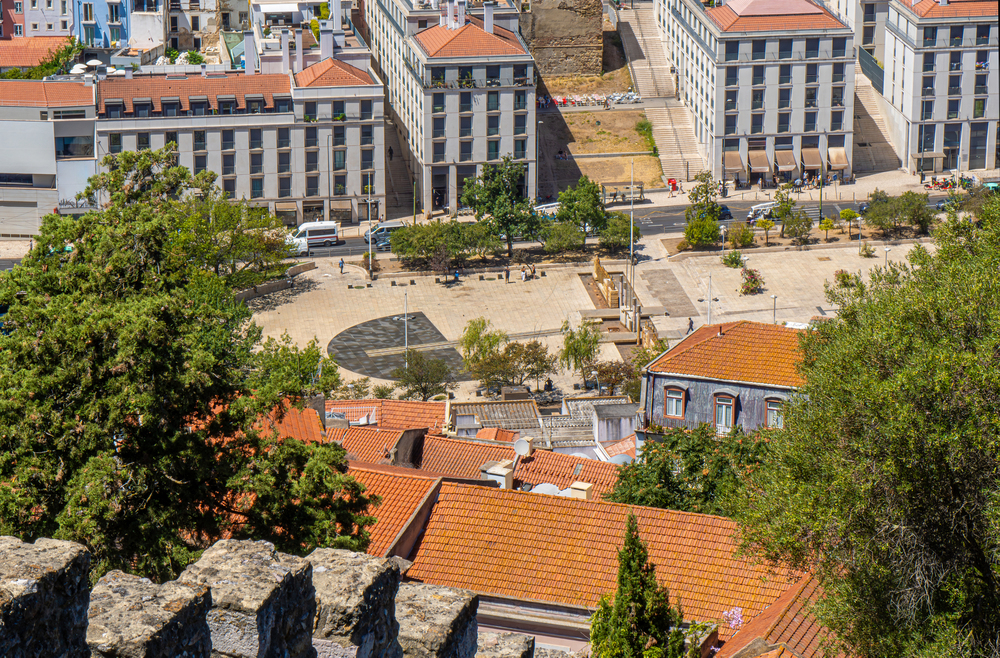Street art has developed from illegal expression to a prized cultural movement in urban cities globally. The open-air artworks, once seen as vandalism, are now sought out by tourists and offer compelling social commentary through hue and imagination. The change reflects a change in how we esteem public art and the voices it represents.
Here is a list of 20 cities where street art has turned urban landscapes into breathtaking open-air galleries that anyone can enjoy for free.
Wynwood, Miami, USA

Wynwood Walls transformed a once-struggling warehouse district into one of the most vibrant art destinations in the United States. This outdoor museum showcases over 50 artists from 16 countries across more than 80,000 square feet of walls.
The neighborhood hosts monthly art walks and has spawned dozens of galleries, restaurants, and boutiques that capitalize on the area’s creative energy.
Bushwick, Brooklyn, USA

The Bushwick Collective has transformed this industrial Brooklyn neighborhood into a street art paradise since 2011. New murals appear regularly as international artists contribute to the ever-evolving landscape of colorful works.
The annual Bushwick Open Studios event attracts thousands of visitors who wander the streets to appreciate both the art and the neighborhood’s gritty authenticity.
Like Travel Pug’s content? Follow us on MSN.
São Paulo, Brazil

São Paulo boasts one of the most dynamic street art scenes in the world, partly because the city legalized graffiti on designated walls in 2009. The Batman Alley (Beco do Batman) in Vila Madalena features densely painted walls that change frequently as artists continuously add new work.
The Brazilian street art style known as ‘pixação’ originated here and represents a distinct, angular aesthetic unique to the region.
Melbourne, Australia

Melbourne’s famous laneways function as narrow outdoor galleries packed with ever-changing artwork. Hosier Lane, with its cobblestone pathway lined with vibrant murals, is the centerpiece of this urban art movement.
The city council actively supports street art through permits and has incorporated it into tourism campaigns, recognizing its cultural and economic value.
Shoreditch, London, UK

East London’s Shoreditch district is a pillar of the global street art community, featuring works from heavyweights like Banksy, ROA, and Ben Eine. Brick Lane and its surrounding streets showcase an incredible diversity of styles, from stencils to large-scale murals.
Local walking tours focused exclusively on street art regularly sell out as visitors seek to understand the stories behind these urban canvases.
Like Travel Pug’s content? Follow us on MSN.
Berlin, Germany

The East Side Gallery stretches along 1.3 miles of the former Berlin Wall, making it the largest open-air gallery in the world. This historical canvas features over 100 murals from artists representing global unity and freedom.
Beyond this famous site, neighborhoods like Kreuzberg and Friedrichshain overflow with politically charged works that reflect Berlin’s reputation for counterculture and artistic freedom.
Valparaíso, Chile
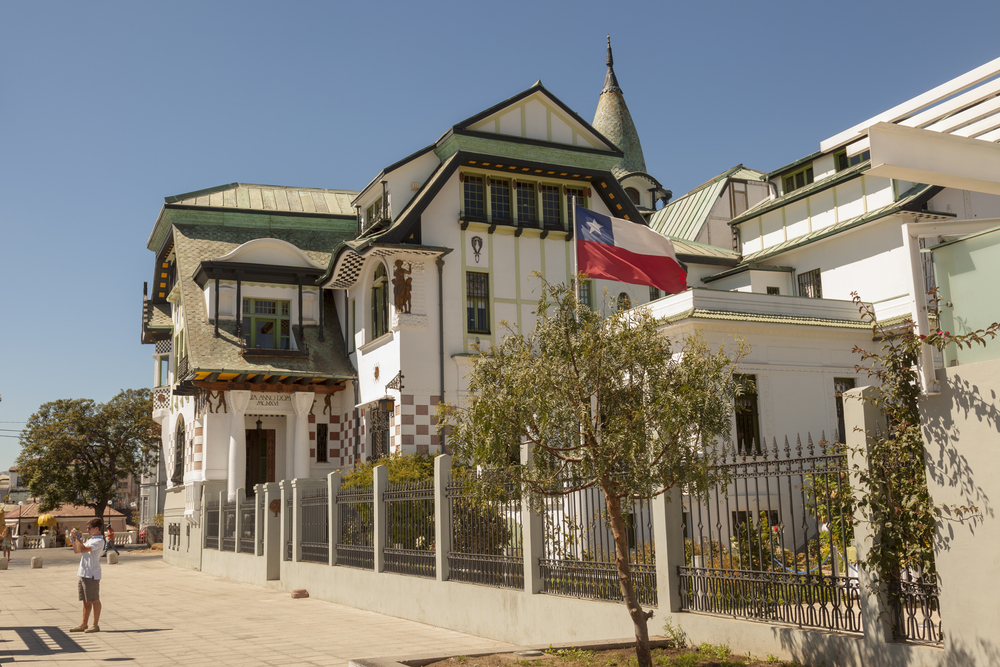
Built on steep hills overlooking the Pacific, Valparaíso’s colorful neighborhoods serve as a natural canvas for street artists. The UNESCO World Heritage city features staircases, alleyways, and building facades covered in vibrant murals.
Many works incorporate elements of Chilean folk art and indigenous symbolism, creating a distinct regional style that pulls from local cultural heritage.
George Town, Penang, Malaysia
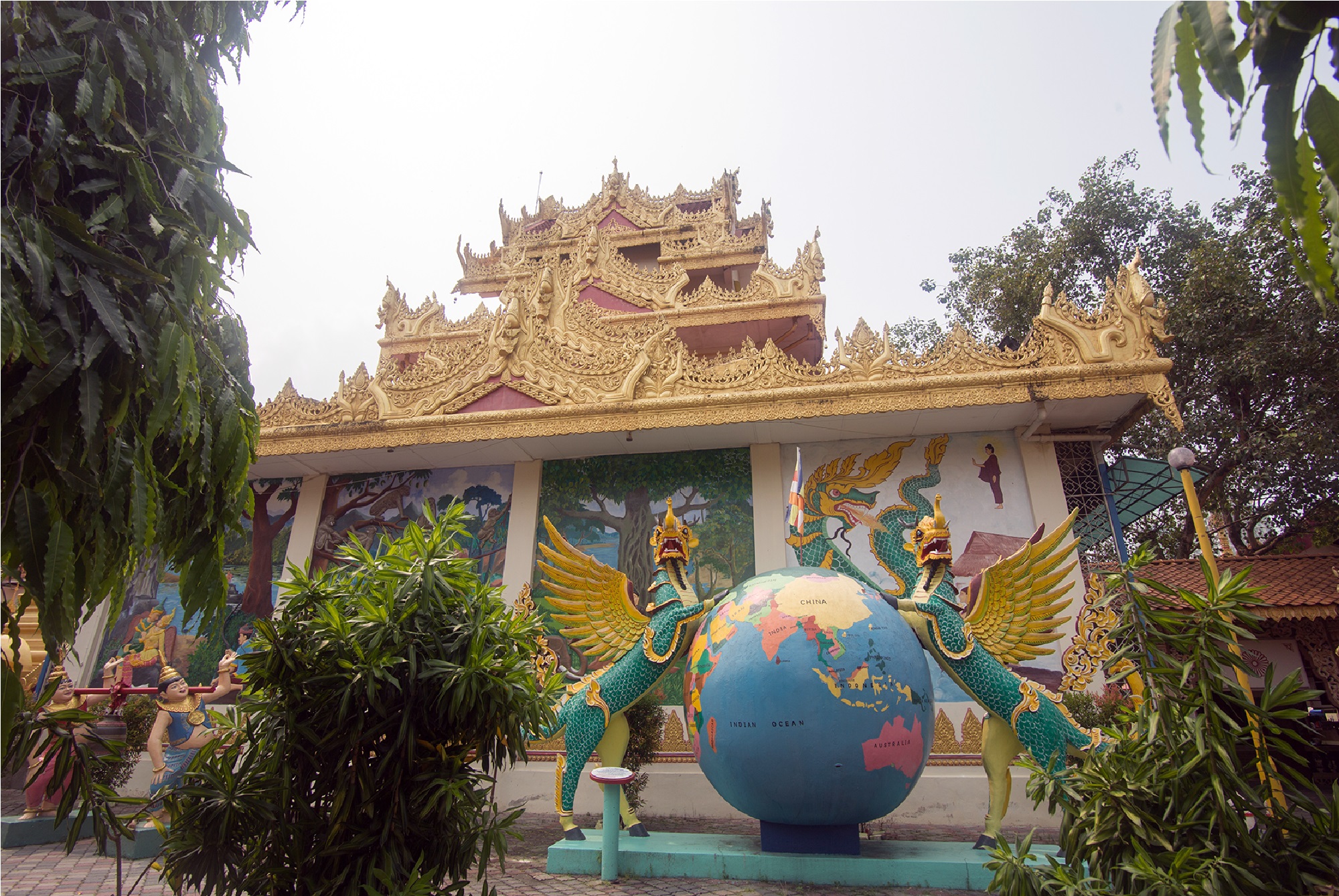
George Town’s street art scene gained international attention in 2012 when Lithuanian artist Ernest Zacharevic created a series of interactive murals. These works cleverly incorporate physical objects like bicycles and swings that visitors can interact with.
The popularity of these installations led to an explosion of new murals throughout the historic district, bringing fresh energy to this UNESCO heritage site.
Like Travel Pug’s content? Follow us on MSN.
Lodz, Poland

The Urban Forms Gallery project has transformed Lodz with over 80 massive murals on apartment buildings throughout the city center. These monumental works reach up to ten stories high and have revitalized this post-industrial city.
Many murals incorporate optical illusions that play with perspective, making them particularly impressive when viewed from specific angles.
Montreal, Canada

Montreal’s Saint-Laurent Boulevard hosts the annual MURAL Festival, which has added over 100 permanent works to the city landscape since 2013. The city embraces street art as part of its cultural identity, with government-funded programs supporting new murals each year.
During winter months, some artists even create works specifically designed to incorporate snow and ice elements.
Bristol, UK

As Banksy’s hometown, Bristol has played a crucial role in legitimizing street art as a respected art form. The See No Evil project transformed Nelson Street with massive works from international artists, creating the largest street art project in Europe at the time.
The annual Upfest festival brings over 400 artists who create new works across the city’s Bedminster and Southville areas.
Like Travel Pug’s content? Follow us on MSN.
Mexico City, Mexico
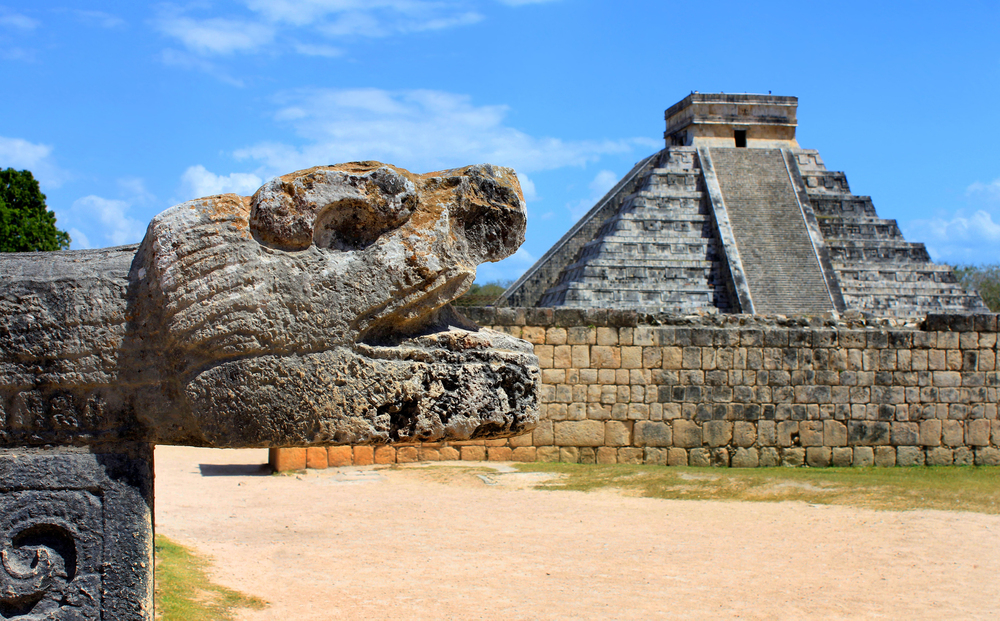
The streets of neighborhoods like Roma and Condesa showcase murals that blend contemporary techniques with influences from Mexico’s rich tradition of public art. Diego Rivera’s historical murals from the 1920s laid the foundation for today’s vibrant scene.
Many works address social issues like inequality and migration, continuing the Mexican tradition of politically engaged public art.
Lisbon, Portugal
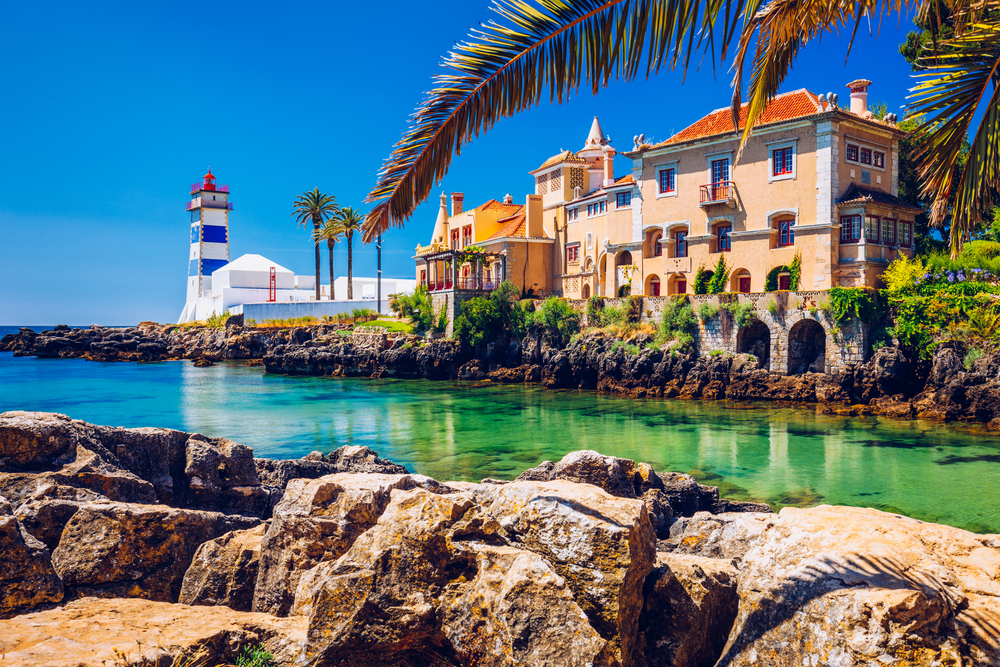
The Galeria de Arte Urbana initiative, launched by the city government in 2008, provides legal walls for artists throughout Lisbon. The Bairro Alto district features countless works hidden among its narrow, winding streets.
Portuguese artists often incorporate traditional azulejo tile patterns into their murals, creating a fascinating blend of historical and contemporary visual languages.
Buenos Aires, Argentina

The Palermo and Villa Crespo neighborhoods showcase some of South America’s most innovative street art. Many works appeared during Argentina’s economic crisis as a form of protest and expression during difficult times.
Organizations like Buenos Aires Street Art lead tours and work with international artists to create new murals that enhance the city’s reputation as a street art capital.
Like Travel Pug’s content? Follow us on MSN.
Athens, Greece

The 2010 financial crisis spawned an eruption of urban art in the streets of Athens, specifically within the district of Exarchia. Urban art typically displays intense political meaning, representing the state of struggle and determination in Greece.
The combination of old monument landmarks with urban art brings an optic discussion of the city’s historic past contrasted with difficult times.
Bogotá, Colombia
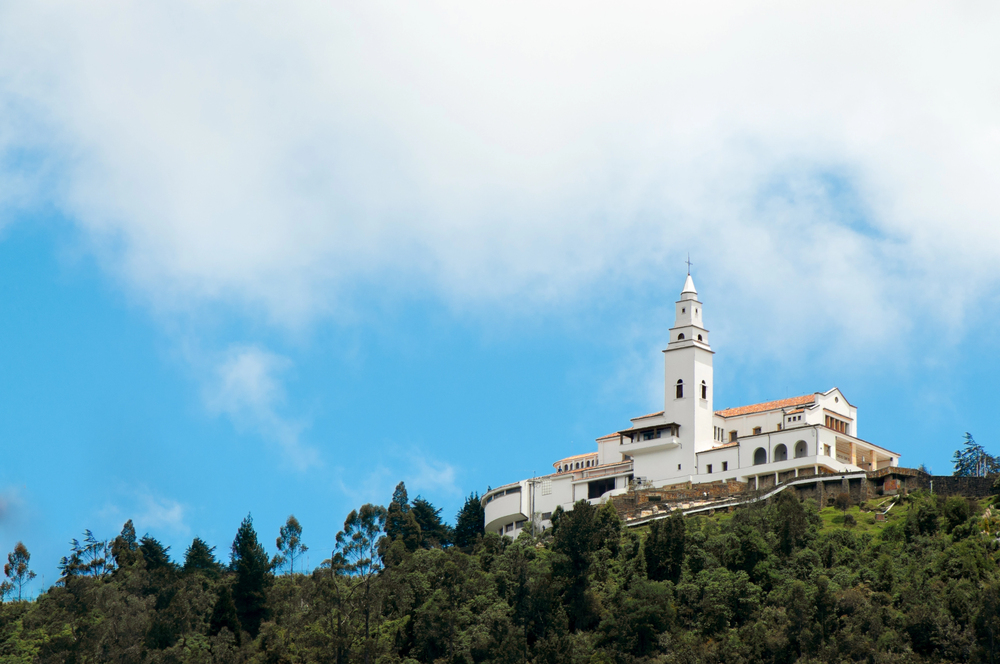
Once considered one of the most dangerous cities in the world, Bogotá has embraced street art as part of its remarkable transformation. After the controversial police killing of a young artist in 2011, the government decriminalized graffiti in certain areas.
The annual Bogotá Graffiti Tour has become one of the city’s most popular attractions, showcasing works that blend traditional Colombian imagery with contemporary urban styles.
Tel Aviv, Israel
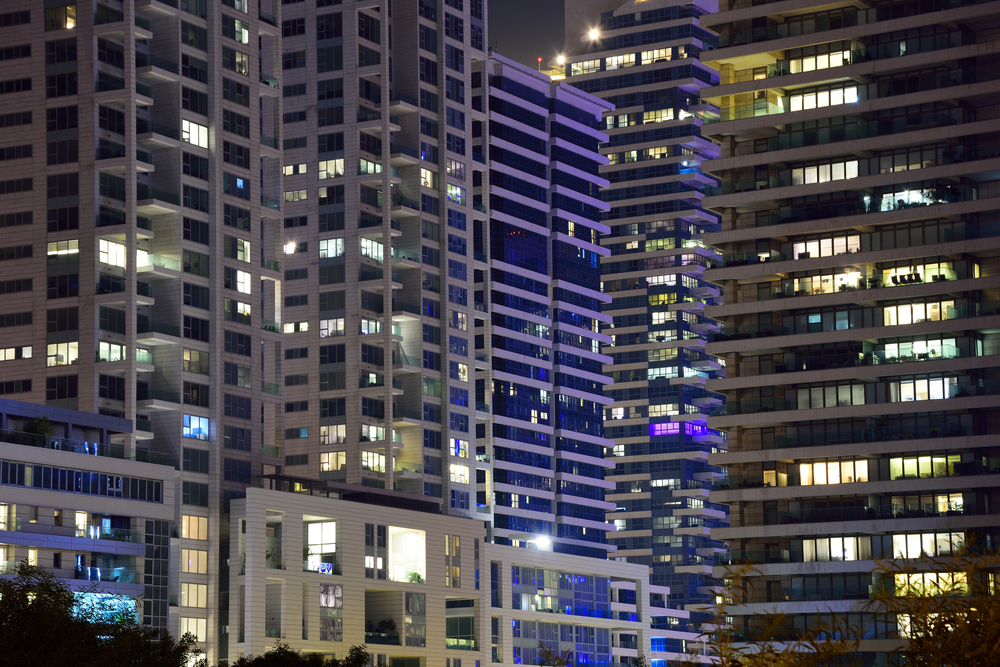
The Florentin neighborhood contains an amazing density of street art that captures the city’s complicated identity. Most of the work comes and goes quickly, and the neighborhood has an ephemeral feel that makes return visits a necessity.
Artists often address political issues of peace and coexistence, and walls serve as the canvas for debate in this cosmopolitan Mediterranean city.
Like Travel Pug’s content? Follow us on MSN.
Prague, Czech Republic
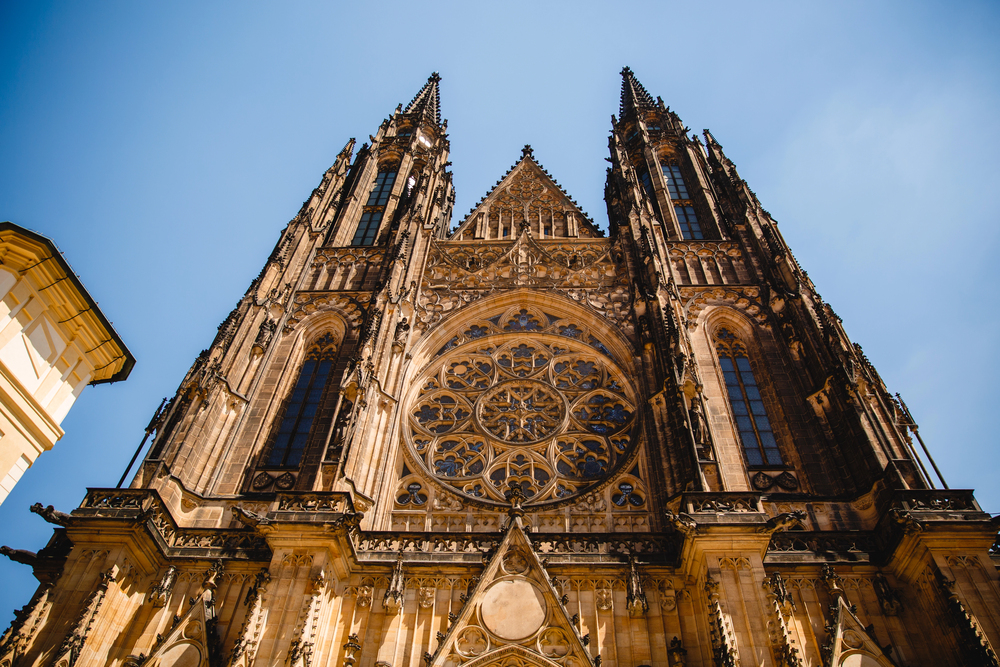
The John Lennon Wall started as a memorial when the musician passed away in 1980 and had evolved into a symbol of protest against the communist government. It is now a dynamic wall that symbolizes freedom of expression in the midst of historic Prague.
The juxtaposition of the city’s medieval structures and modern-day street art creates an interesting visual contrast.
Singapore
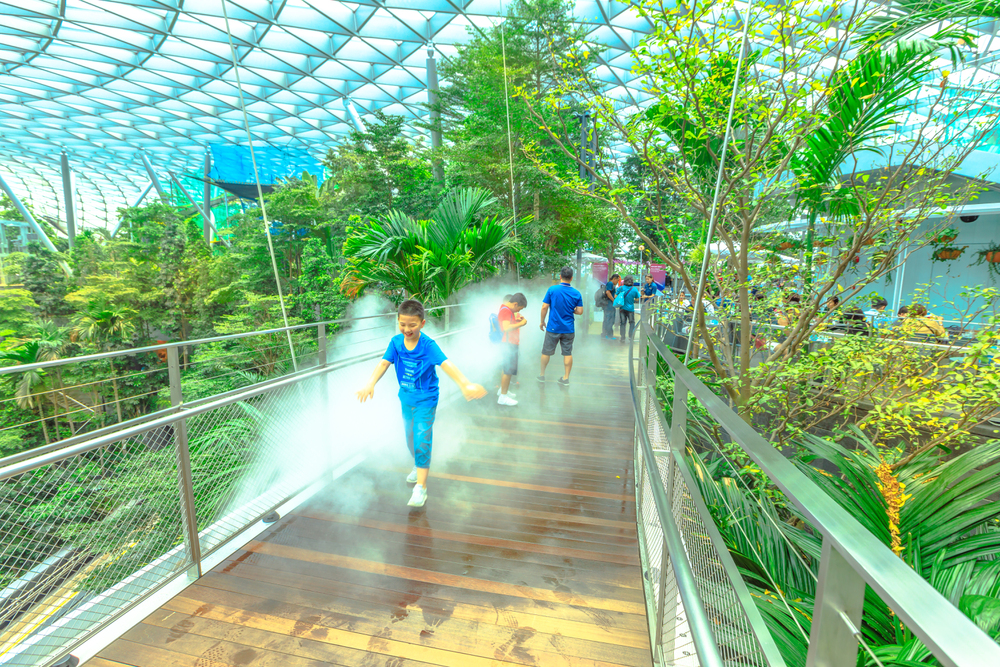
Despite stringent vandalism legislation, Singapore has fostered a vibrant street art culture through government-approved initiatives. The Aliwal Arts Centre boasts legally commissioned pieces that merge Southeast Asian cultural symbols with modern methods.
Street art elements are incorporated into annual events such as Singapore Art Week, which has contributed to altering the public image of this art.
Cairo, Egypt
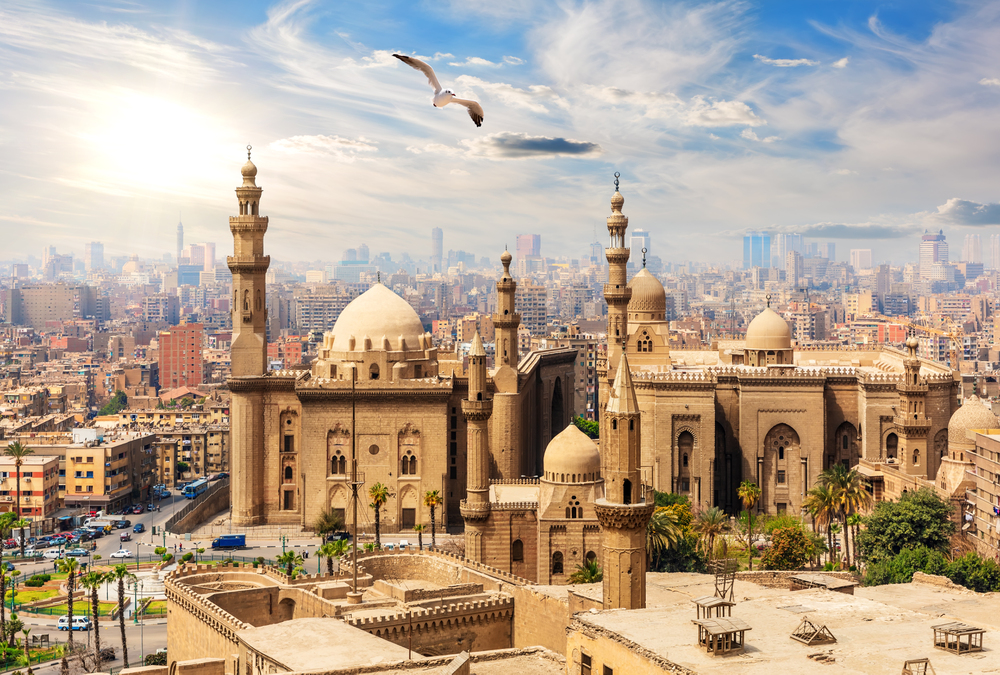
Following the 2011 revolution, street art erupted in Cairo, as painters symbolized the uprising and its aftermath. Mohamed Mahmoud Street murals were internationally famous for their successful political symbolism and commemoration of protesters who had been killed in demonstrations.
Even after numerous revolution murals were painted, new ones kept appearing, carrying the same sense of artistic protest.
Like Travel Pug’s content? Follow us on MSN.
Urban Canvas Reflections

These 20 cities are examples of how street art transforms city landscapes and resonates with local culture, history, and social life. An act of rebellion is now a revered art form that brings in tourists and reclaims neighborhoods.
The most fascinating aspect of these open-air museums is not their aesthetic appeal but how they level the playing field by making art available to anybody who walks by. Each colorful wall reminds one that inspiration can come in the most unlikely places, turning mundane streets into remarkable adventures.
More from Travel Pug

- 20 Destinations That Were Once Thriving but Are Now Quietly Disappearing
- 13 Destinations Where Tourists Regularly Regret Their Trip
- 20 Once-Popular Beach Towns That Are Now Ghostly Empty
- 10 Under-the-Radar Mountain Towns That Are Both Affordable and Beautiful
- Take a ‘Learning Vacation’ in These 20 Extraordinary Places
Like Travel Pug’s content? Follow us on MSN.
